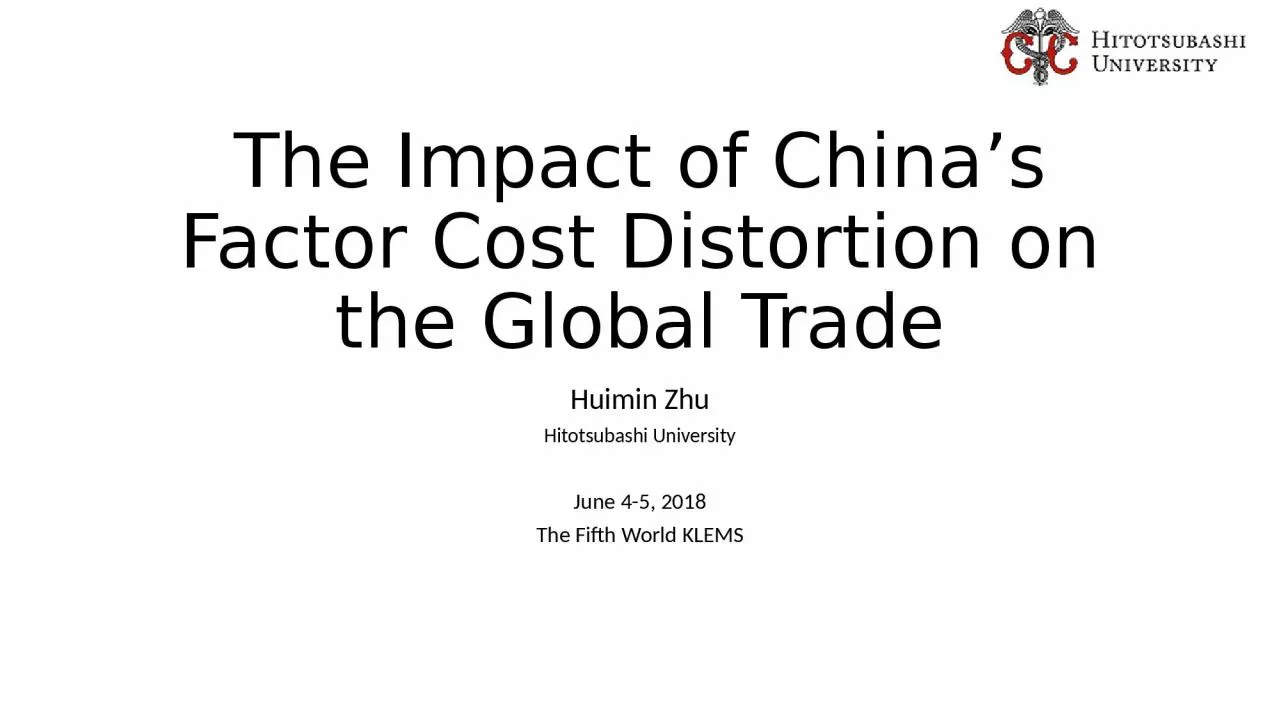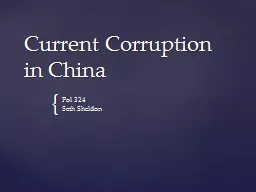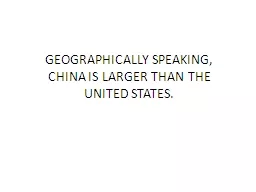PPT-The Impact of China’s Factor
Author : phoebe | Published Date : 2024-02-02
Cost Distortion on the Global Trade Huimin Zhu Hitotsubashi University June 45 2018 The Fifth World KLEMS Overview Aim examine the impact of wage distortion in
Presentation Embed Code
Download Presentation
Download Presentation The PPT/PDF document "The Impact of China’s Factor" is the property of its rightful owner. Permission is granted to download and print the materials on this website for personal, non-commercial use only, and to display it on your personal computer provided you do not modify the materials and that you retain all copyright notices contained in the materials. By downloading content from our website, you accept the terms of this agreement.
The Impact of China’s Factor: Transcript
Download Rules Of Document
"The Impact of China’s Factor"The content belongs to its owner. You may download and print it for personal use, without modification, and keep all copyright notices. By downloading, you agree to these terms.
Related Documents














